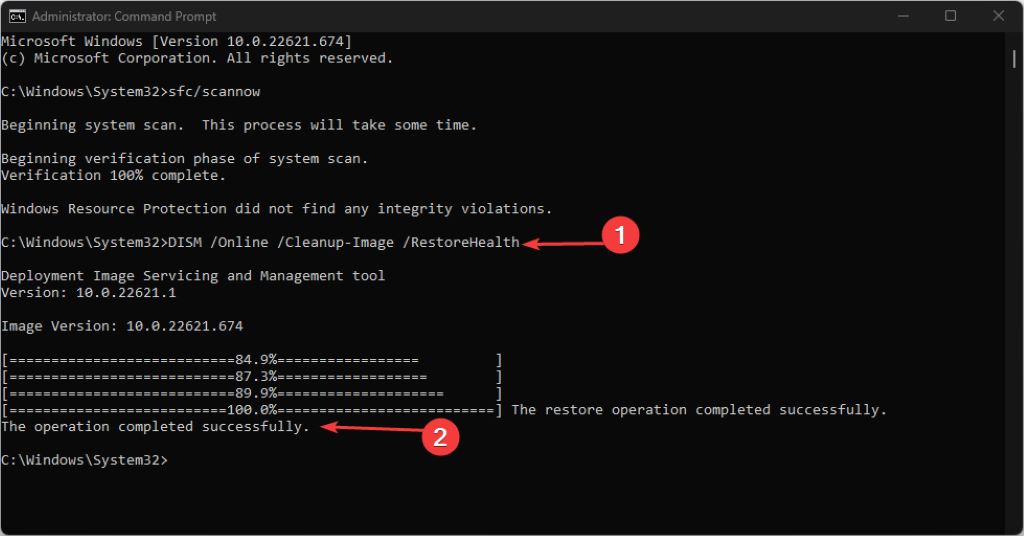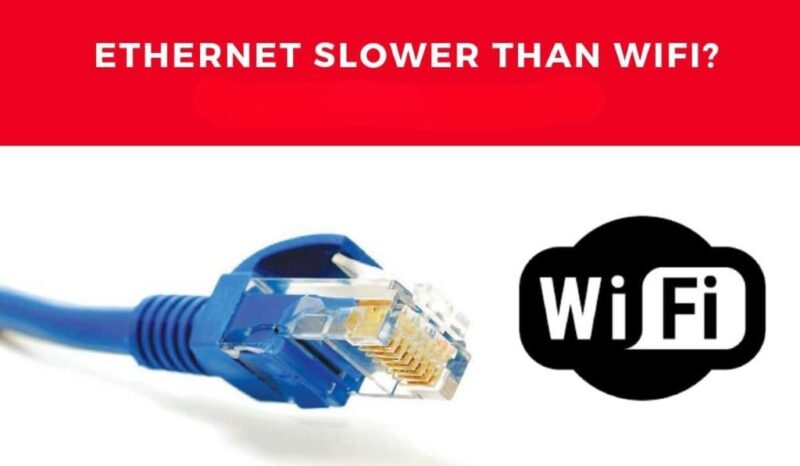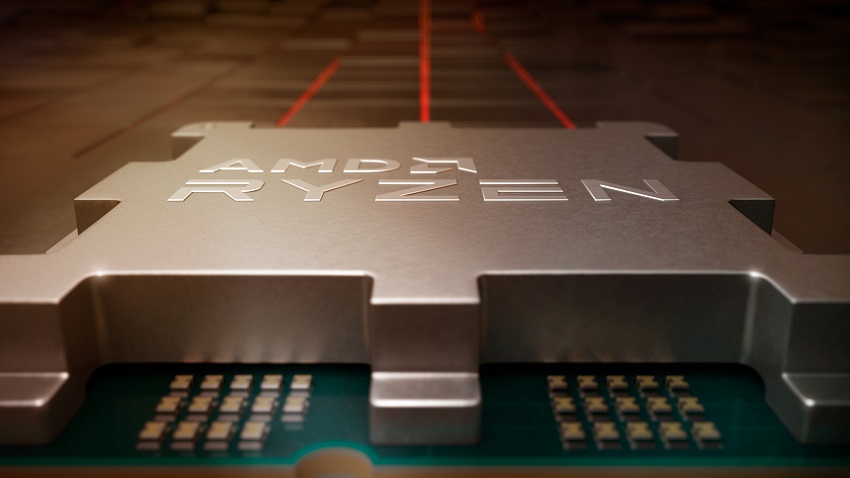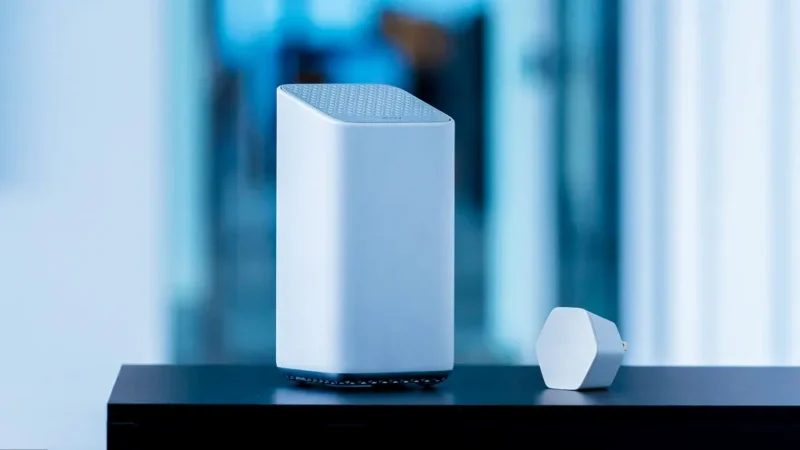If you’ve been browsing your computer’s Event Viewer, you might have come across the message “Error setting traits on Provider {8444a4fb-d8d3-4f38-84f8-89960a1ef12f}. Error: 0xC0000001”. While this cryptic error might seem alarming, there’s often no need for immediate panic. This article dives into what causes this error, its potential impact, and how you can address it.
What’s Behind the Error?
Let’s break down the key components of this error message:
- Provider: In Windows, a provider is a software component that supplies information and events to the Event Tracing for Windows (ETW) system. ETW is a core part of the operating system that logs various activities for diagnostic and monitoring purposes.
- GUID: The long string of numbers and letters in curly braces ({8444a4fb-d8d3-4f38-84f8-89960a1ef12f}) is a Globally Unique Identifier (GUID). It’s a unique code that identifies a specific provider.
- Traits: These are properties or settings related to how a provider logs events and the type of data it provides.
- Error 0xC0000001: This generic error code indicates a general failure or an unspecified issue.
In essence, this error signifies a problem in configuring the settings of a software provider within Windows’ event tracing system. It could mean several things:
- Corrupted Provider: The provider itself may be damaged or have invalid settings.
- Permissions Issue: The system might lack the necessary permissions to modify the provider’s settings.
- ETW System Malfunction: In rarer cases, a problem with the Event Tracing for Windows system itself might be the culprit.

Does It Matter? The Severity of the Error
Most of the time, the “Error setting traits on provider” message is a relatively minor annoyance. It might pop up sporadically but rarely causes immediate, system-wide issues. However, in some instances, it could be a symptom of deeper problems:
- Impact on Related Components: If the provider in question is essential for a particular program or hardware device, that program or device might not function correctly.
- Hinting at Larger Problems: Repeated occurrences of the error could suggest a developing issue, such as failing storage or file system corruption.
Troubleshooting: How to Address the Issue
Here are several troubleshooting strategies, starting with the easiest and safest:
- Simple Restart: Sometimes, a temporary glitch causes this error. Restarting your computer can clear up minor, transient software issues.
- System File Checker (SFC): Windows includes a built-in tool called System File Checker. It scans and potentially repairs corrupt system files. Here’s how to run it:
- Open an elevated command prompt (Run as Administrator).
- Type sfc /scan now and press Enter.
- DISM: Deployment Image Servicing and Management (DISM) is another tool for fixing deeper Windows image problems. Here’s how to use it:
- Open an elevated command prompt.
- Type DISM /Online /Cleanup-Image /Restore Health and press Enter.
- Check Provider-Specific Errors: The specific provider’s GUID can give clues. Search online with the GUID and “error” for more targeted troubleshooting steps, often found in technical forums.
- System Restore: If the error started recently, a System Restore can revert Windows to a working point before the issue started occurring.
Important Considerations
- Backups First: Before making significant system changes, always back up your important data.
- Proceed With Caution: If you’re not technically comfortable, research each step carefully before executing, or seek assistance from an IT professional. Tampering with system settings can lead to unintended consequences.
When to Worry (and When Not To)
Treat this error as a clue that something within the system’s logging mechanism isn’t perfect. If it happens rarely and your computer functions normally, you likely don’t need to be overly concerned. However, if the error is frequent and accompanied by noticeable instability, crashes, or malfunctioning devices, deeper investigation is warranted.
Let me know if you’d like more details on any of the troubleshooting steps or potential causes!




